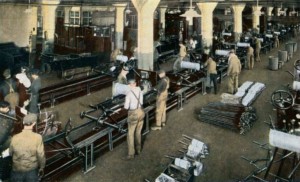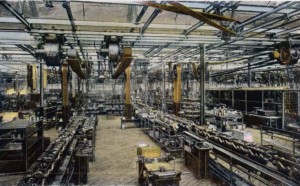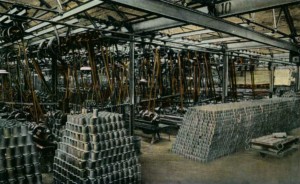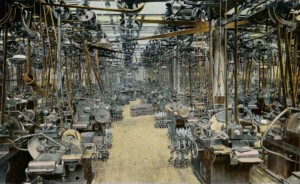
In 2019 I organized an Industry 4.0 tour through southern Germany for a few friends. We called this the “Van of Nerds,” and you can read all about it in a series of blog posts starting here. The participants liked the van trip so much that we wanted to repeat this experience… and then came COVID. We held two online Van of Nerds mini-conferences (organized by our Nerd Torbjörn Netland), and finally, on September 5–9, 2022, we were able to take another real-world tour with our van of nerds, this time in France. The tour was organized thanks to nerds Franck Vermet and Michel Baudin.







